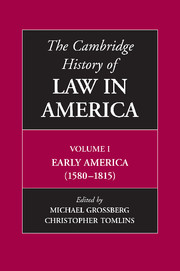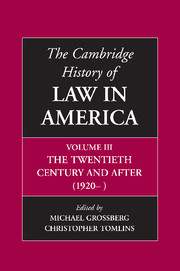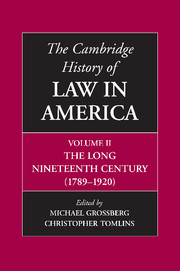LAW, COLONIZATION, LEGITIMATION AND THE EUROPEAN BACKGROUND
The most recent comparative account of the British and other European colonizing projects in the Americas is J. H. Elliot, Empires of the Atlantic World Britain and Spain in America 1492–1830 (New Haven, 2006). See also Anthony Pagden, Lords of all the World. Ideologies of Empire in Britain, France and Spain, 1400–1800 (New Haven, 1995) and “The Struggle for Legitimacy and the Image of Empire in the Atlantic to c. 1700,” in Nicholas Canny ed., The Origins of Empire, The Oxford History of the British Empire (Oxford, 1998), vol. I, 34–54. David Armitage, The Ideological Origins of the British Empire (Cambridge, 2000) provides the most authoritative account of the objectives of the early empire. The articles collected in David Armitage, ed. Theories of Empire, 1450–1800 (Aldershot, UK, 1998) cover aspects of all the European claims to America. Klaus E. Knorr, British Colonial Theories 1570–1850 (Toronto, 1944) provides a still useful survey. See also Peter Miller, Defining the Common Good: Empire, Religion and Philosophy in Eighteenth-Century Britain. (Cambridge, 1994). For the notion of composite monarchies see J. H. Elliott, “A Europe of Composite Monarchies,” Past and Present 137 (1992), 48–71.
The rituals of possession employed by European settlers in America are discussed in Patricia Seed, Ceremonies of Possession in Europe’s Conquest of the New World, 1492–1640 (Cambridge, 1995). An earlier, but legally more sophisticated account is also to be found in Friedrich August von der Heydte, “Discovery, Symbolic Annexation and Virtual Effectiveness in International Law,” American Journal of International Law 29 (1935), 448–71. One of the most extensive accounts of the early English claims to sovereignty in North America is still John Thomas Juricek, English Claims in North America to 1660: A Study in Legal and Constitutional History, Ph.D. thesis, University of Chicago, 1970, pp. 512, 669–71, which is unfortunately unpublished and is likely to remain so.






